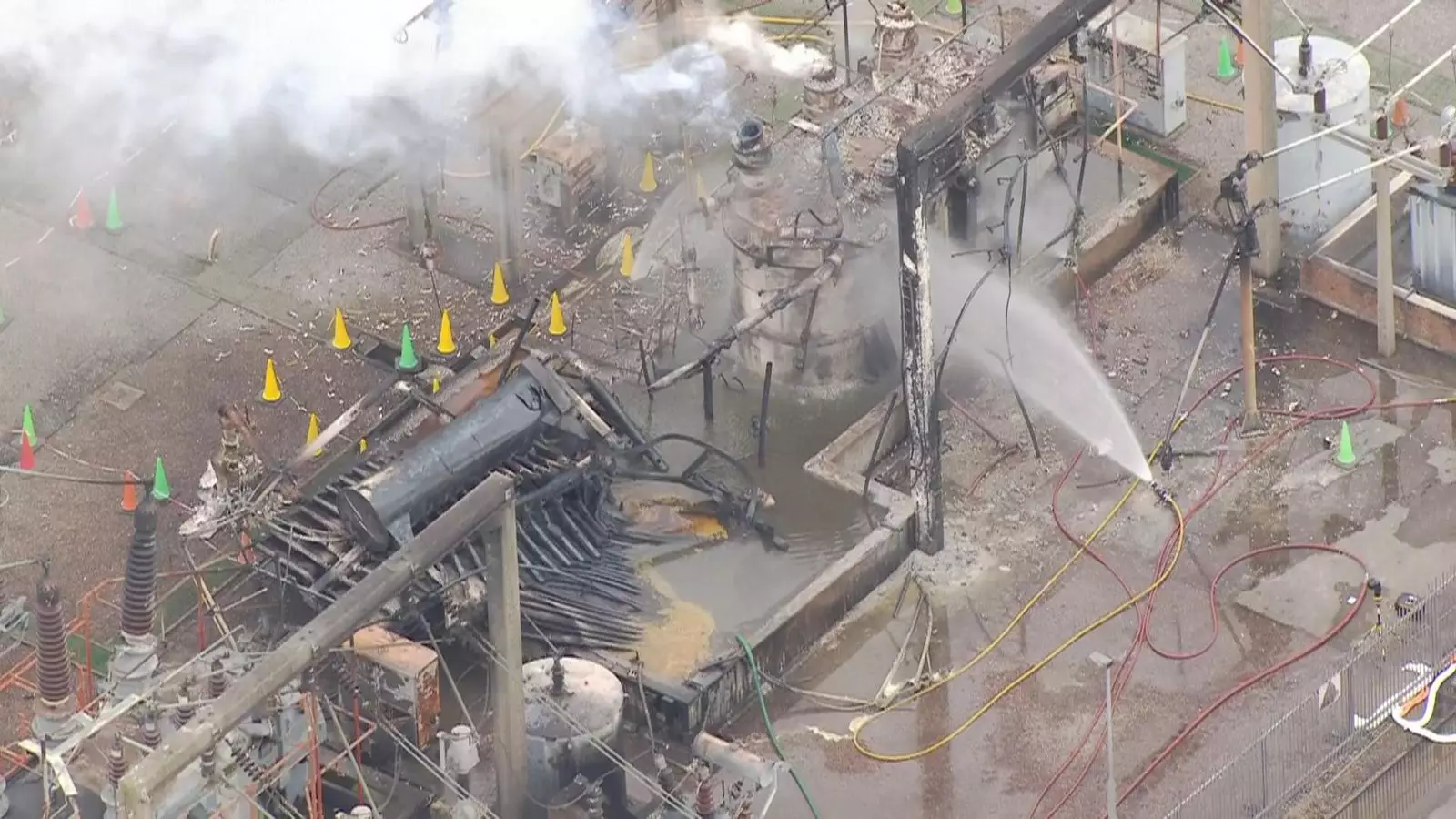The recent power outage at Heathrow Airport not only affected the operations of one of the busiest airports in Europe but also exposed fundamental flaws in its infrastructure. A catastrophic failure occurred after a fire disabled an electricity substation, leading to approximately 1,300 flight cancellations. The disruption was a wake-up call to the aviation industry and highlighted serious inadequacies in the airport’s resilience plan.
What is particularly alarming is the revelation that, despite being the critical artery for millions of travelers, Heathrow was not adequately insulated against such unforeseen catastrophes. While the chief executive of National Grid, John Pettigrew, seemed to downplay the ramifications of the outage by indicating that alternative substations were available, this interaction reveals a significant gap in strategic risk management. Pettigrew’s confidence was misplaced. The assurances that substation redundancy is a feature of the network should come with a caveat: redundancy is not an excuse for inadequate infrastructure monitoring and robust contingency planning.
Unprecedented Past and the Inescapable Reality
The comments made by Pettigrew were quickly met with skepticism from Heathrow’s own representatives. In their attempt to navigate blame, the airport’s spokesperson acknowledged the “unprecedented” nature of the transformer failure. This raises a critical question: how can a facility of Heathrow’s stature – processing over 83.9 million passengers annually – be unprepared for even the simplest of contingencies? This incident was not merely a hiccup; it was a glaring indicator of systemic vulnerabilities that should have been addressed long ago.
Furthermore, evidence points to an alarming acknowledgment made in a safety report from consultancy firm Jacobs over a decade ago, which identified a “key weakness” in the airport’s power supply—namely, its main transmission line connections. This report, overlooked for years, paints a poignant picture of negligence. When experts warn about potential “disruptions” along with their ramifications on passenger and operational handling functions, it is not just a suggestion to ensure security but a call to action. Grounding critical systems mid-flight is a severe operational faux pas that could have far-reaching consequences, both psychologically and economically.
The Disconnect Between Assurance and Reality
National Grid and Heathrow executives may portray a front of resilience and preparedness, but the figures speak for themselves—200,000 passengers affected and an airport stuck in chaos. The apathy towards embracing a culture of thorough inspection and mitigation measures is shocking. When critical systems are shut down, it is not just a minor inconvenience. It becomes a public relations disaster and a rallying point for discontent and distrust towards the operational leadership.
Heathrow’s operational complexity compounds the issue. With numerous interconnected systems essential for safe airport management, a minor electrical disruption can snowball into disastrous cascading failures. Rival airports must be watching this incident with a mix of concern and schadenfreude, fully aware that one incident can undermine years of earned credibility.
As investigations shift from counter-terrorism to focusing solely on the electrical distribution equipment following a non-suspicious fire, it urges us to consider the longer-term strategies for improvement. The fact that a deep-rooted vulnerability could lead to a major disruption reveals profound negligence in operational oversight. If the lessons from this incident aren’t incorporated into future plans, stakeholders must grapple with increased scrutiny and public criticism.
Heathrow’s leadership needs to confront its past and embrace a forward-thinking approach to risk management. No longer can executives evade responsibility by clinging to historical performance. This monumental disruption should serve as a clarion call to overhaul safety structures, invest in redundant systems, and begin a comprehensive review of the infrastructure that undergirds this crucial transport hub.
In light of all of this, one can only wonder: how many more incidents like this will it take before decisive actions are taken to safeguard both passengers and airport operations?



Leave a Reply